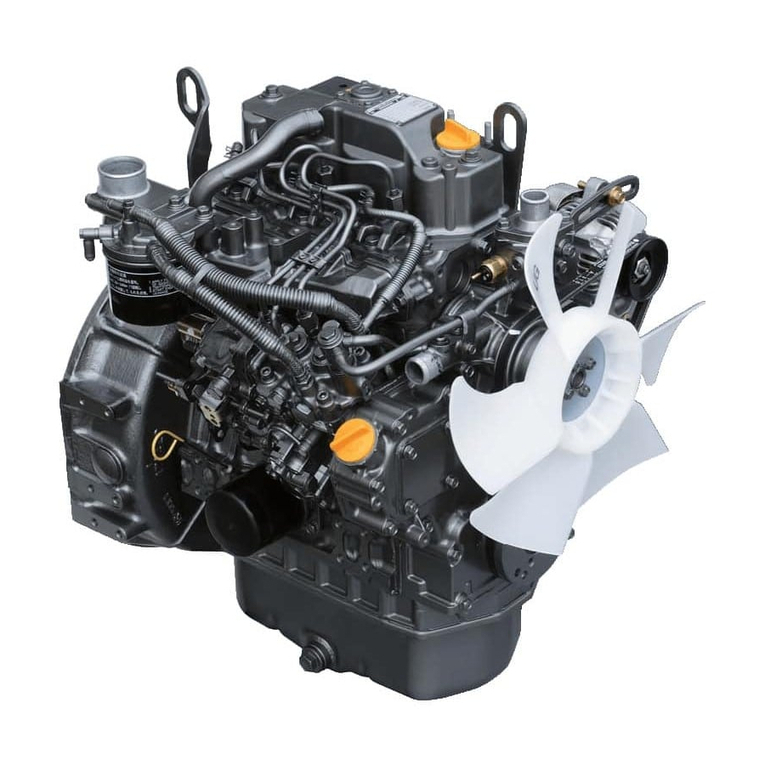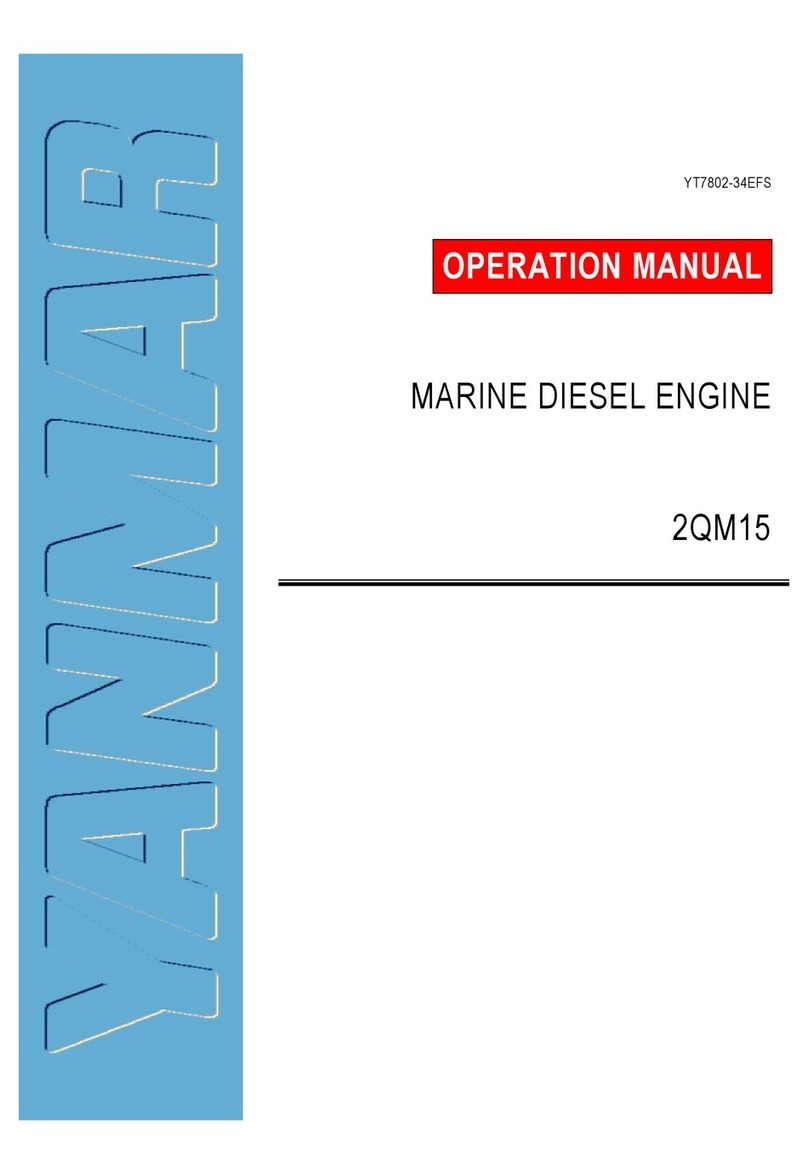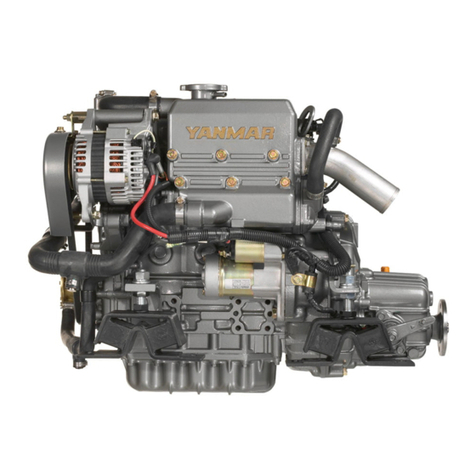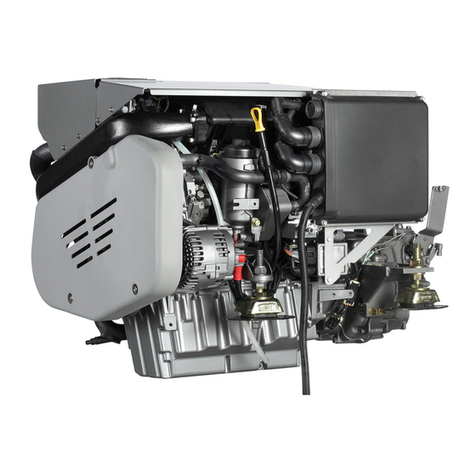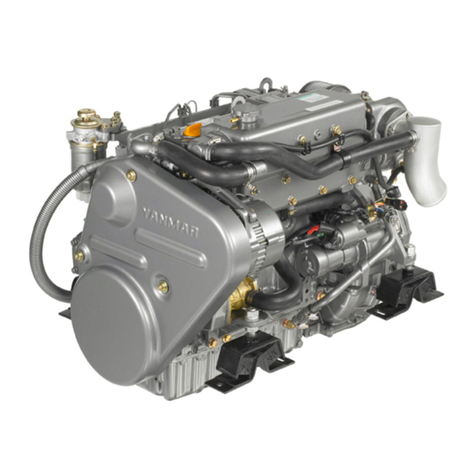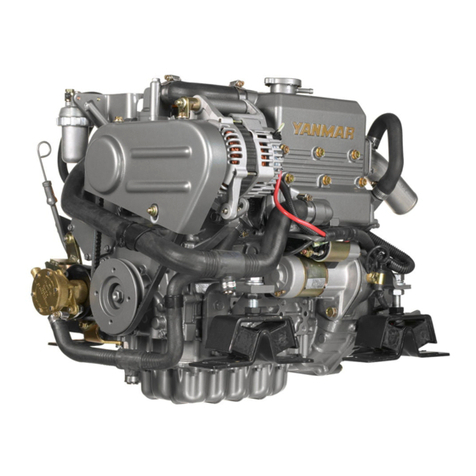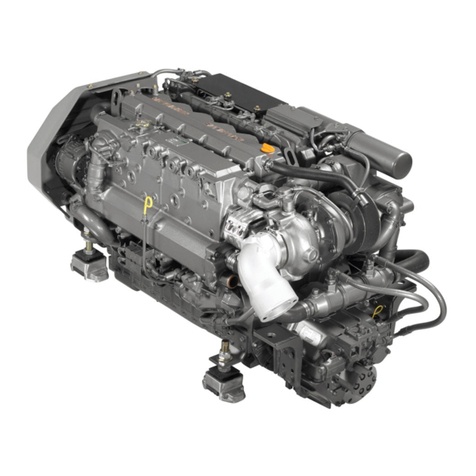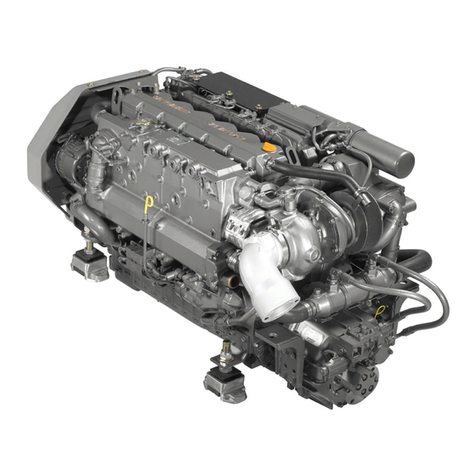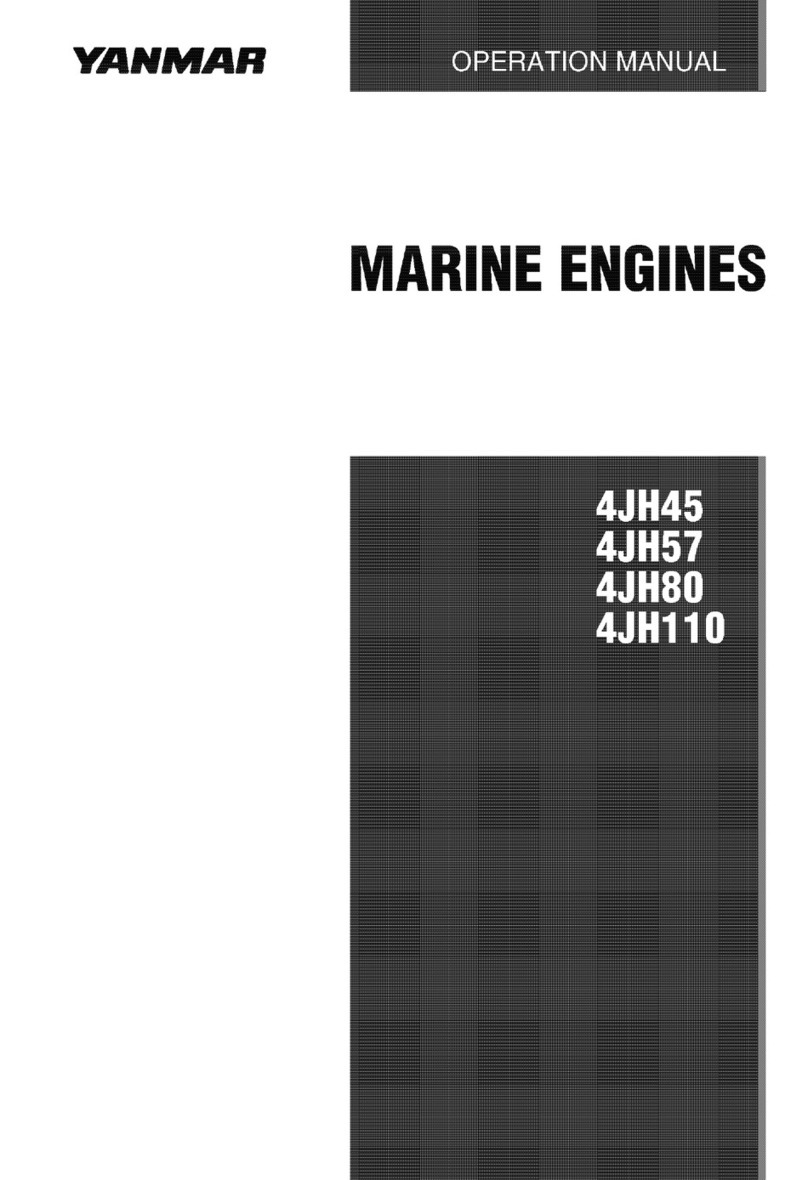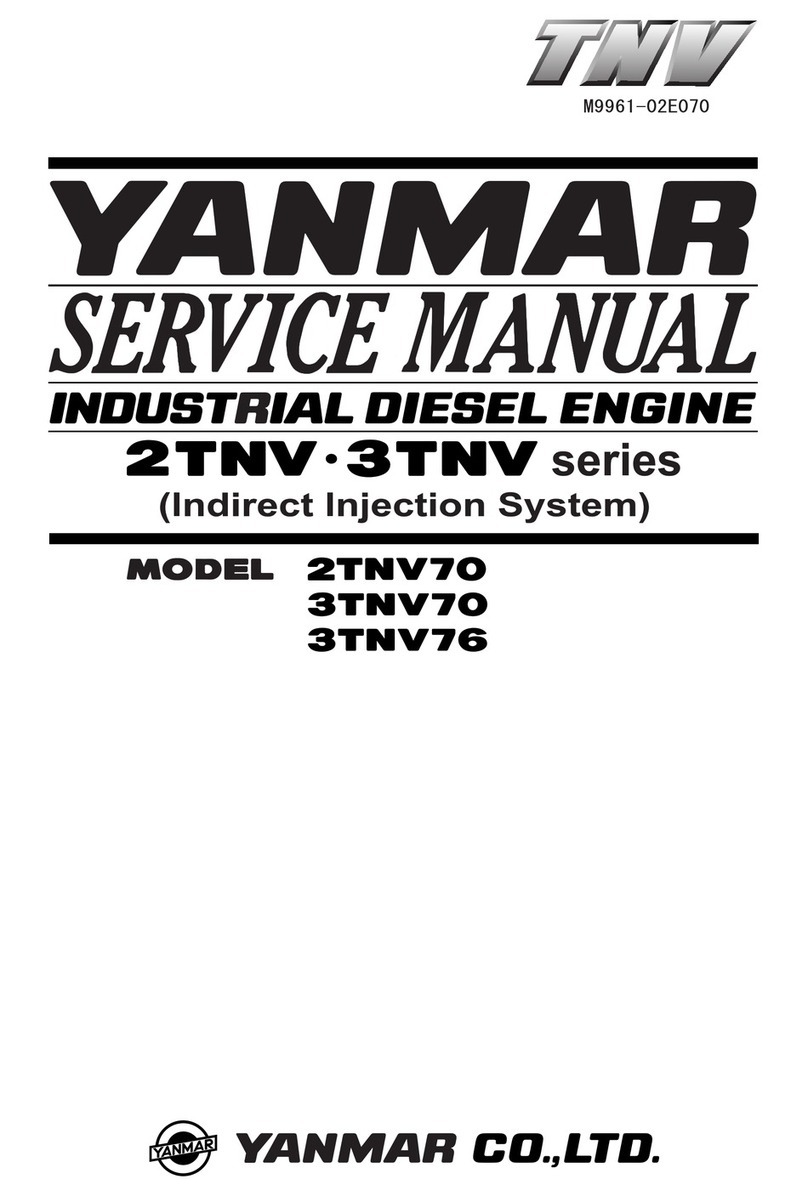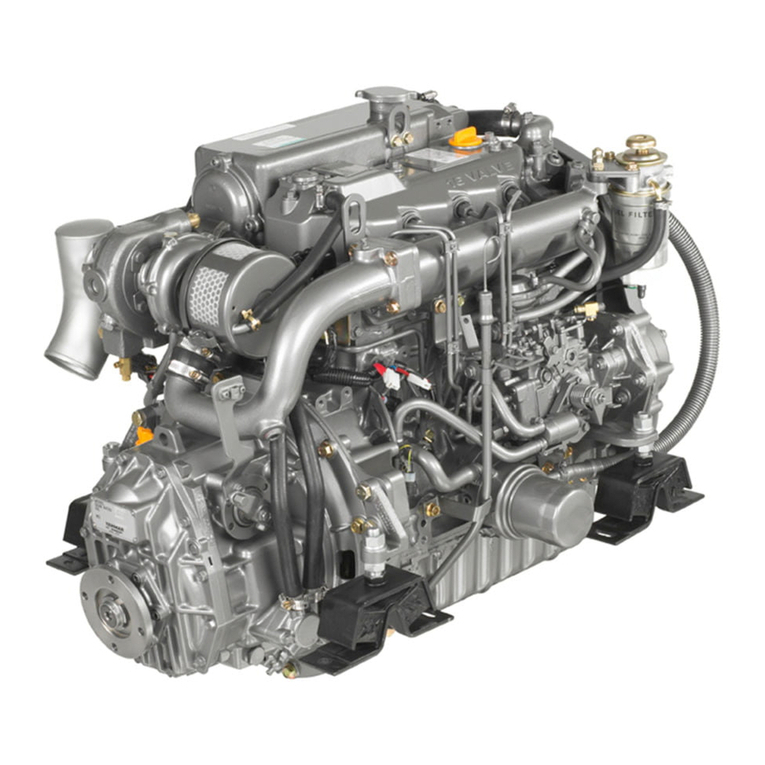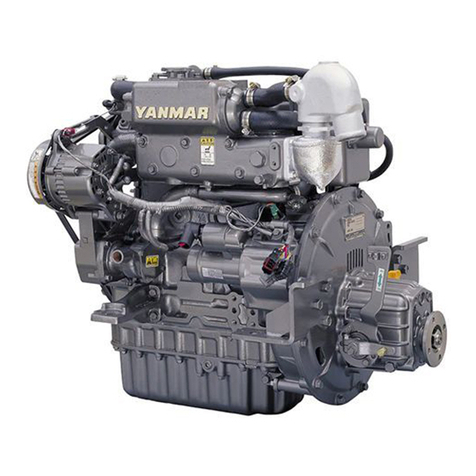
6LPA Series Operation Manual 1
INTRODUCTION
Welcome to the world of Yanmar Marine!
Yanmar Marine offers engines, drive
systems and accessories for all types of
boats, from runabouts to sailboats, and
from cruisers to mega yachts. In marine
leisure boating, the worldwide reputation of
Yanmar Marine is second to none. We
design our engines to respect nature. This
means quieter engines, with minimal
vibrations, cleaner than ever. All of our
engines meet applicable regulations,
including emissions, at the time of
manufacture.
To help you enjoy your Yanmar 6LPA
series engine for many years to come,
please follow these recommendations:
• Read and understand this Operation
Manual before you operate the machine
to ensure that you follow safe operating
practices and maintenance procedures.
• Keep this Operation Manual in a
convenient place for easy access.
•IfthisOperation Manual is lost or
damaged, order a new one from your
authorized Yanmar Marine dealer or
distributor.
• Make sure this manual is transferred to
subsequent owners. This manual should
be considered a permanent part of the
engine and remain with it.
• Constant efforts are made to improve the
quality and performance of Yanmar
products, so some details included in
this Operation Manual may differ slightly
from your engine. If you have any
questions about these differences,
please contact your authorized Yanmar
Marine dealer or distributor.
• The specifications and components
(instrument panel, fuel tank, etc.)
described in this manual may differ from
ones installed on your vessel. Please
refer to the manual provided by the
manufacturer of these components.
• Refer to the Yanmar Limited Warranty
Handbook for a complete warranty
description.



